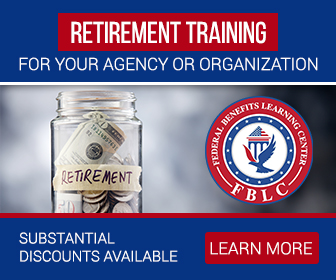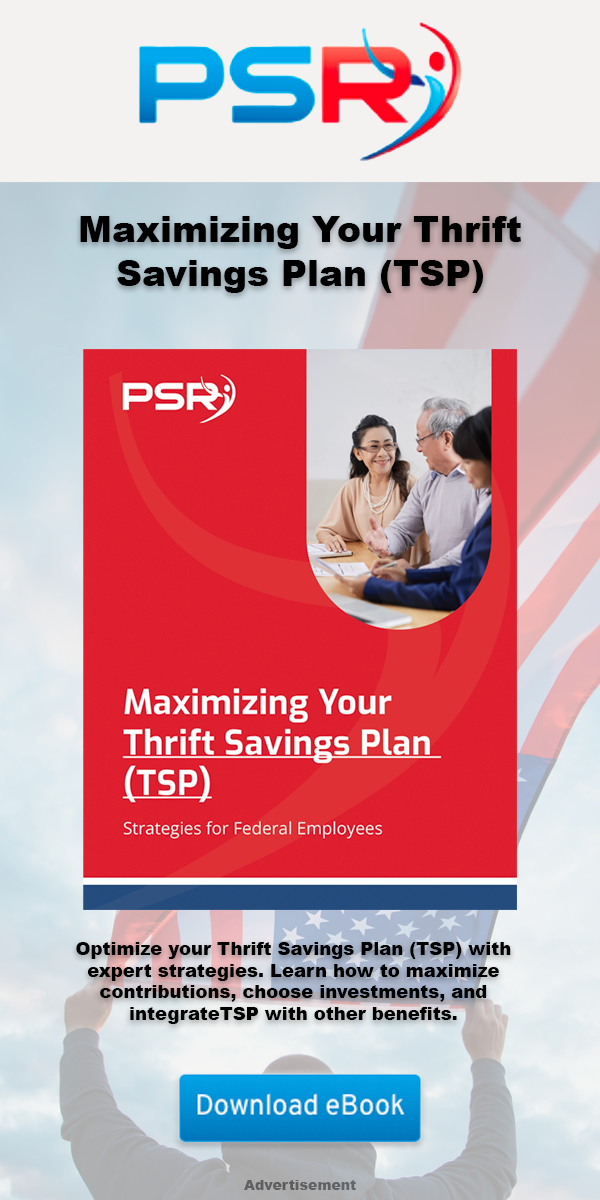Key Takeaways
-
You can significantly reduce your dental and vision care expenses in retirement by tailoring your FEDVIP plan to your actual needs rather than opting for maximum coverage.
-
Reviewing your usage patterns and reassessing your coverage every Open Season can prevent you from overpaying for benefits you don’t use.
Understanding FEDVIP in 2025
The Federal Employees Dental and Vision Insurance Program (FEDVIP) continues to serve as a vital piece of your retirement benefits package in 2025. Although Medicare
- Also Read: Federal Retirement Advice You Didn’t Know You Needed—Until Now
- Also Read: The Latest Federal Employee News You Need to Know to Protect Your Retirement
- Also Read: Ready for Retirement? Here’s How Law Enforcement Officers Can Leave the Job with Benefits Intact
As a retiree, you remain eligible to continue FEDVIP coverage as long as you were enrolled as an employee before you retired. But continuing that coverage doesn’t mean you need to stick with the same plan or pay for more than you need.
Why Careful Plan Selection Matters More in Retirement
When you’re working, it can be easy to stick with a plan year after year. But in retirement, every dollar counts. Many retirees unknowingly keep higher-tier coverage even when they no longer use all the benefits provided. Dental and vision needs can change dramatically after age 60, and understanding those shifts can help you adjust your FEDVIP plan accordingly.
Here’s what to consider:
-
Are you still getting regular orthodontic care, or was that for your children?
-
Do you visit the dentist more than twice a year?
-
Are you using glasses or contacts that require advanced lenses?
-
Have your medical or dental providers changed networks?
Common FEDVIP Missteps to Avoid
1. Keeping a Family Plan When You Don’t Need One
Many retirees forget to switch from a Self Plus One or Self and Family plan to a Self Only plan. If your dependents have aged out or have separate coverage, you may be wasting hundreds annually on a plan that no longer serves your household size.
2. Choosing the Highest Tier Without Reviewing Benefits
High-option plans offer more extensive coverage but also come with higher premiums. Unless you regularly need crowns, bridges, implants, or expensive lens technology, you may not need the most robust tier. Some standard options cover all essential preventive and diagnostic services adequately.
3. Overlooking Provider Network Changes
Networks evolve. Dentists and optometrists come and go. If your provider no longer accepts your FEDVIP plan, it could lead to higher out-of-pocket costs or the inconvenience of switching care providers. Check provider directories annually during Open Season.
Timing Matters: What to Know About Open Season
Open Season typically runs from early November through mid-December each year. In 2025, it remains the primary window for you to:
-
Enroll if you previously waived FEDVIP
-
Switch between dental or vision carriers
-
Change between standard and high option coverage
-
Modify from Family to Self Only or Self Plus One
Unless you experience a Qualifying Life Event (QLE), such as a death, marriage, or loss of other coverage, you must wait until the next Open Season to make changes. That’s why timely evaluation each fall is essential.
Evaluating Your Real Needs—Not Hypotheticals
You might think it’s safer to stick with the higher coverage, “just in case.” But overspending now can mean less financial flexibility later. Instead, focus on the actual services you’ve used in the past 12–24 months.
Ask yourself:
-
Did I use more than two cleanings and exams last year?
-
How often did I need fillings or dental work beyond routine care?
-
Did I get new glasses or contacts?
-
Have I used the vision plan’s frame allowance in full each year?
If you’re not consistently using services that justify the higher premiums, that’s a signal to scale back.
What Dental Coverage Should Include—And What You Can Skip
In retirement, your dental health priorities tend to shift toward maintenance and prevention.
Essentials to Keep:
-
Two preventive cleanings per year
-
X-rays once per year or as recommended
-
Coverage for fillings, crowns, and extractions (based on dental history)
Extras to Consider Dropping:
-
Orthodontia coverage (often unused past age 60)
-
High-tier annual maximums you never reach
-
Cosmetic procedures like veneers, whitening, or inlays
Rethinking Vision Coverage: What You May Actually Use
The average retiree replaces glasses or contacts once every 12–24 months. If you have cataracts or other age-related conditions, you may be seeing an ophthalmologist through Medicare instead of using your FEDVIP vision plan for treatment.
Essentials:
-
Annual eye exam
-
Frame and lens coverage
-
Contact lens allowance (if applicable)
Extras You Might Not Need:
-
Lens enhancement packages if you don’t need them
-
Out-of-network reimbursement unless you travel frequently
-
Second pair discounts unless you routinely wear backup glasses
Understanding Premiums vs. Out-of-Pocket Costs
It’s tempting to focus only on monthly premiums when choosing a plan, but that doesn’t give the full picture. Look at how much you’re actually paying out-of-pocket each year, including copays, coinsurance, and non-covered services.
For example:
-
A lower-premium plan with slightly higher copays might still save you money annually
-
If you don’t reach the annual maximum benefit, the higher-priced plan could be a waste
-
Avoid choosing plans based solely on deductible or catastrophic caps, which often aren’t even relevant in dental/vision care
Use FEDVIP’s Comparison Tools Wisely
Each year, OPM provides comparison tools through the BENEFEDS portal. These tools allow you to:
-
Compare premiums side by side
-
View what’s covered under each plan option
-
Filter based on ZIP code and provider network
Use the tools before and during Open Season to make informed choices. It takes less than an hour to check, and the savings could be significant over the course of retirement.
Watch for FEDVIP Communications and Updates
Don’t ignore the official communication from OPM or your plan provider. FEDVIP changes each year, including:
-
Coverage adjustments
-
Network changes
-
Benefit enhancements or reductions
-
Administrative updates
Missing a notice can mean staying on an outdated or overpriced plan. Bookmark the BENEFEDS site and review all updates mailed or emailed to you.
The Role of Medicare and Coordination of Benefits
Remember, FEDVIP works alongside Medicare—not in place of it. While Medicare may cover medically necessary eye exams and dental surgeries in limited cases, FEDVIP is your best source for preventive and routine services.
There’s no overlap in coverage, so having both doesn’t mean duplication. Instead, it ensures you’re protected in more ways:
-
Medicare handles hospital and doctor-based vision and dental services
-
FEDVIP covers routine exams, glasses, cleanings, fillings, and more
Why You Should Revisit Your Plan Every Year
Your health changes. Your family situation evolves. Even your location might shift in retirement.
Annual reassessment helps ensure your coverage reflects your reality, not your past:
-
Recalculate your total yearly usage
-
Double-check your provider still accepts your plan
-
See if your preferred services are still included
Each Open Season is an opportunity to recalibrate—not a chore, but a financial safeguard.
Getting Help From a Licensed Professional
Sorting through plan documents, benefits, and costs can get overwhelming. If you’re not sure which option suits your current needs, consider talking with a licensed professional listed on this website. They can walk you through:
-
What services matter most based on your age and usage
-
How to compare benefit levels and networks
-
Which tiers offer true savings versus perceived value
This isn’t about going it alone—it’s about ensuring your retirement healthcare strategy works for you now and into the future.
Keep Your FEDVIP Plan Working for You
In 2025, it’s more important than ever to make FEDVIP decisions based on value and necessity—not habit or assumption. The wrong plan could drain your budget unnecessarily, while the right one can support your health without breaking the bank.
Review your plan annually, adjust for actual needs, and never hesitate to seek help when evaluating your options. For tailored advice, reach out to a licensed professional listed on this website.












